Earlier this year, at the height of lockdown, Coca-Cola paused its advertising for three months, the “longest ever” period of silence for the company in its history.
Its marketing spend and expertise were temporarily diverted to helping its hospitality customers, and the country. Financial support and marketing mentorship was given to cafés, pubs, restaurants and hotels across the UK, while advertising space, including its famous Piccadilly Circus sign, was donated to charity partners Crisis and FareShare, to promote their fundraising messages.
But as the crisis situation improved somewhat, Coca-Cola in July made its marketing return in the UK with a bold campaign, Open Like Never Before, that called for “social and cultural change post pandemic”.
“The campaign is founded on the belief that we don’t just have to go back to normal following this huge change in everyone’s lives,” says Kris Robbens, marketing director for Coca-Cola Great Britain and Ireland. “Instead, it’s our ambition to move forward and make the world not just different, but a better, more open place.”
It features spoken word star George the Poet, who delivered a rhyming verse manifesto that acts as a humourous and rousing call for social revolution.
And it chimed with the mood of the nation. A YouGov BrandIndex survey, compiled exclusively for The Grocer, found the ad was the most effective fmcg brand advertising and communications campaign of the year.
In this exclusive interview with The Grocer, creative director Emiliano Trierveiler of 72andSunny Amsterdam, which created and developed the ad, reveals how the agency went about striking a tone just right for the times.
Was it difficult achieving the right tone – given the terrible circumstances?
It was at the same time easy and hard. Easy because Coca-Cola has always been a beacon of optimism – it’s ingrained in the brand. But hard because we had to find a kind of optimism that resonated with the sensitive moment, a voice that everyone could feel was genuine and make their own. We felt that openness in the middle of lockdown was probably the bravest, most optimistic thing one could champion in that moment.
The brand and drink hardly feature in the ad. Why not?
There was a consensus that this was a pivotal moment for the brand, coming out of lockdown after three months of advertising pause and on the back of a social media embargo. So the brand’s voice should shine through – the message in culture, not the can. We decided to double down on Coke’s core value of optimism, something that’s so uniquely Coca-Cola. Many were actually eager to hear the brand’s point of view on the situation. The statement should be enough.
Were there any challenges in getting it produced, given the restrictions?
The team was in the thick of lockdown when this was briefed and for all of the concepting phase of the creative. So here we were talking about Coke leading the world out of Covid when we hadn’t even reconciled the situation personally with ourselves. We had to get more open in the way we worked as a team, as an agency and with the clients to make it all work. The team was already quite nimble, but we had to get even more nimble and flexible. We had to get accustomed to doing everything on screen – setting up in a remote video village at 72andSunny’s Amsterdam office to connect to set and follow local government rules and guidelines. This way we were able to shoot remotely in five cities – London, Stockholm, Cape Town, Tokyo and Rio.
What’s your take on advertising in food and drink this year?
In a surprising way, the year rewarded the hard work of building brands. With real existential threats like the closing of bars and restaurants also came great opportunities for brands that have really carved their places in culture. People seemed to value the ones that really mattered to them, whose voice sounded authentic and genuine.
Why have brands been so different in advertising tone and message this year?
Going back to the very first question, maybe just as people are questioning their values and place in life, brands tried, sometimes too hard, to find their relevance and role in a time of great uncertainty. It’s a challenge to the breadth of a brand and its voice, and some of them perhaps seemed a little out of their depth trying to capture the moment. It’s by no means business as usual, and gives us all a healthy perspective on where advertising and marketing belongs in the grand scheme of things.
Do you think the new approaches will last? Or is it back to normal for advertising when the pandemic is over?
Yes, if they make sense, if they stay somehow true to the broad brand narrative on one side, and to the change in culture on the other. A global pandemic will re-shape many things and accelerate some much-needed changes, hopefully. I guess the trick is to evolve without losing yourself in the process.







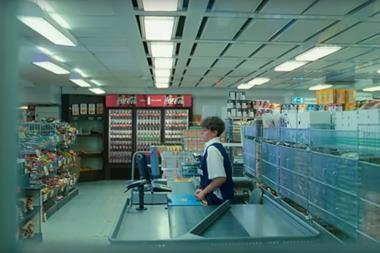
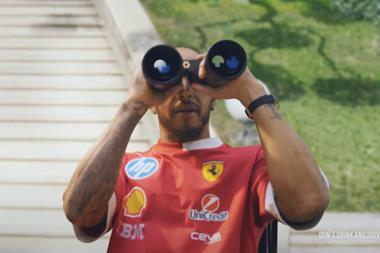
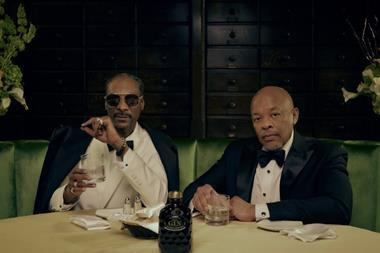
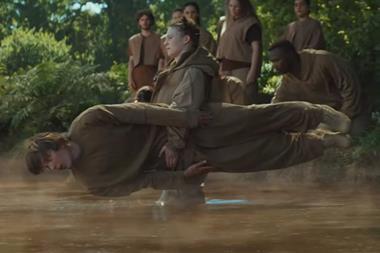
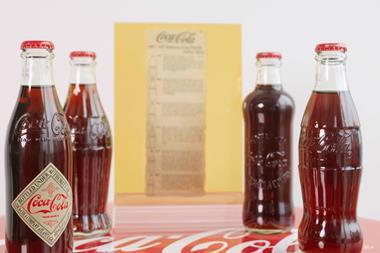


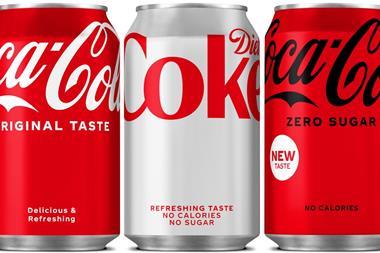
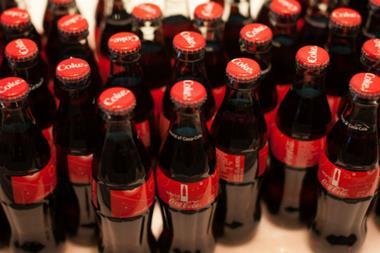
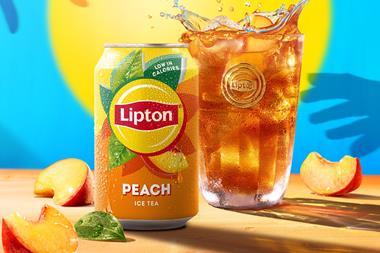
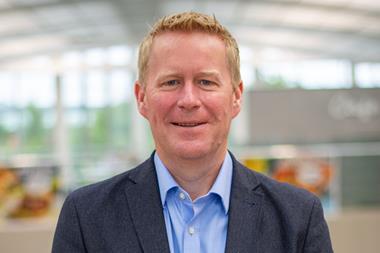
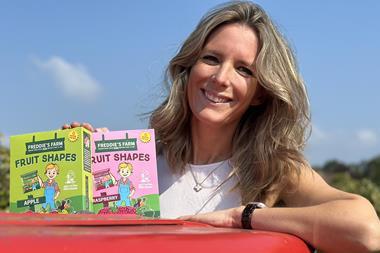

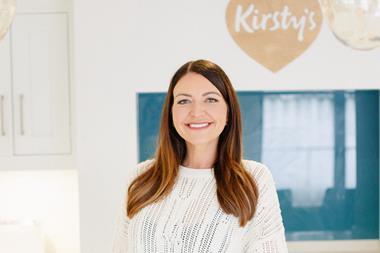
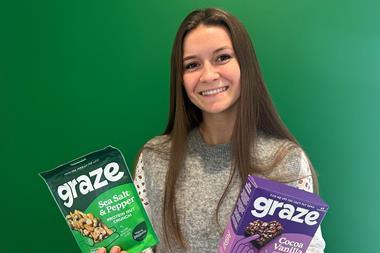
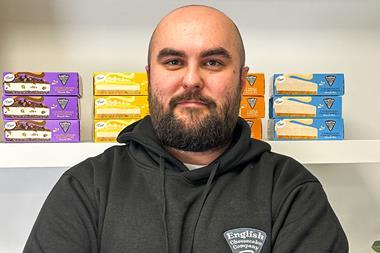
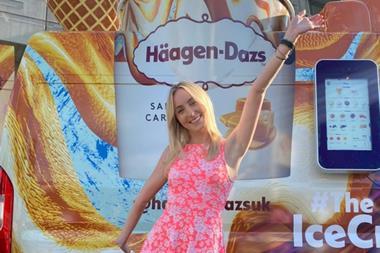
No comments yet